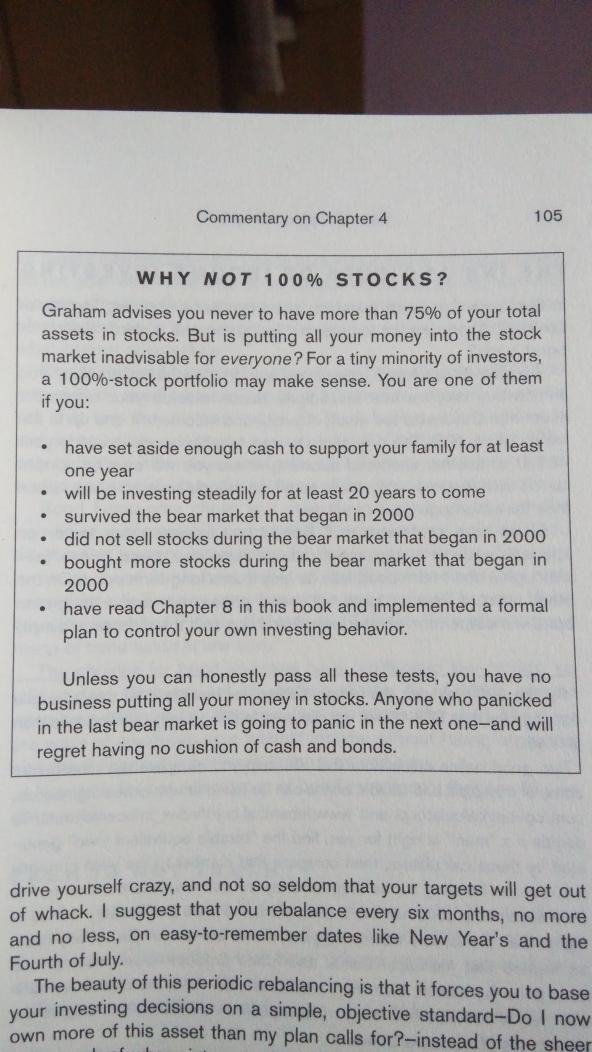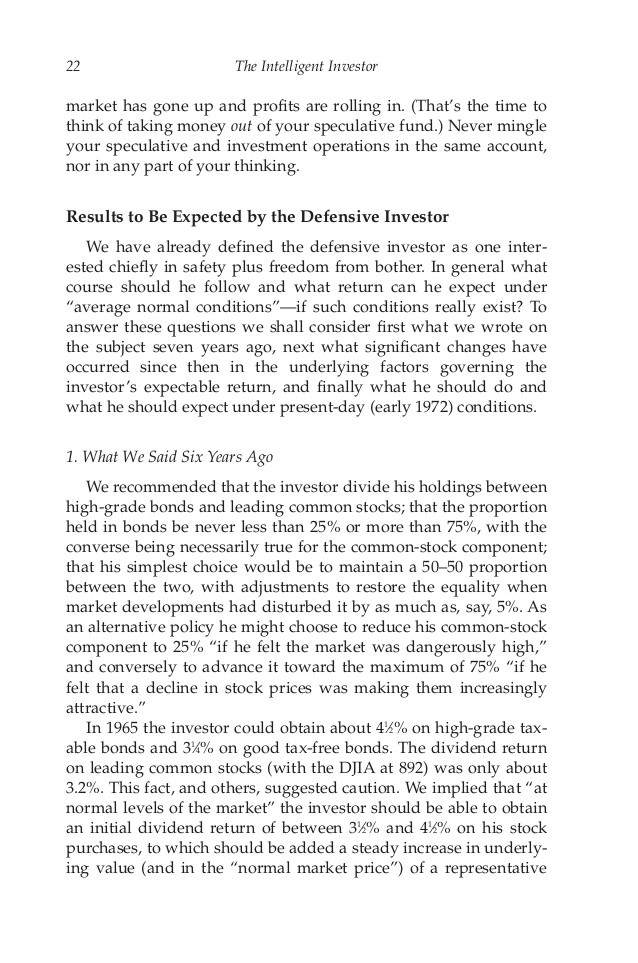The Six Rules of Intelligent Investing
Post on: 4 Апрель, 2015 No Comment

Follow Comments Following Comments Unfollow Comments
What does it take to manage money? How do you know which assets to buy and sell? How do you know which stocks to buy and sell? What should you do in a market correction? When you should adjust your portfolio? How can you avoid costly mistakes?
Should you pay someone to manage your money for you?
The answers to all these questions are condensed in six investment rules in a little book I published recently with PALGRAVE MACMILLAN, Intelligent Investing in Irrational Markets .
Rule 1: Don’t Pay Others to Lose Your Money. Hiring someone to lose your money isn’t a smart thing to do. But it can happen to you, if you end up hiring the wrong financial advisor – a person who fails to explain the risks, rewards, and fees associated with different types of investments.
You should either learn how to manage money on your own, or perform due diligence—as you would do when you choose any other professional — and carefully select a financial advisor.
Rule 2: Have a Financial Plan. Intelligent investing isn’t get-rich-quick process. Neither is it a panacea, or one-size-fits-all process. It is rather a process that allows investors to reach certain financial goals through a carefully crafted financial plan — which includes financial constraints, and a strategy that targets financial products that help you match your goals with those constraints.
This means that different investors may develop and execute different investment strategies. Younger individuals, for instance, may opt to invest in liquid assets, as such funds can be used in the near future to pay for education or for a down payment to purchase a house. Middle aged individuals may want to pursue a strategy that maximizes asset appreciation, as they may not need the funds until retirement. And individuals in their early 60s may want to pursue an investment strategy that maximizes income returns to supplement social security income.
Rule 3: Know Which Assets to Buy and Sell. After developing a financial plan, you should closely follow the way different assets will perform in varying macroeconomic conditions.
Stocks and commodities usually rise with an expanding economy, while bonds usually rise in a weak economy—though the performance of each asset category varies from one business cycle to another, depending on the demand and supply factors that drive each cycle and on historical valuations at the time that the investment is made.
Bonds rally in the aftermath of a financial crisis, as investors sell stocks and commodities, as was the case in the financial crisis of 2008. This means that investors must diversify their investments not just across stocks, but also across asset categories—adjusting their asset allocation according to the direction of the economy.

Rule 4: Know Which Stocks to Buy and Sell. Once investors go over the first step — e.g. determine how to allocate their investments across different asset categories — they must proceed to the second step, e.g. decide which stocks to buy and sell. There are three schools of thought in this area: the technical school, which uses trading charts to determine the trend of different stocks; the fundamental school, which uses economic theories and financial ratios to determine which stocks to buy and sell; and the efficiency hypothesis school, which argues that investors should purchase mutual funds or ETFs that trace market indexes rather than buying individual stocks.
Rule 5: Stay Focused. Staying focused involves three things: First, sticking with goals and priorities as specified in your financial plan. Second, sticking with the asset allocation that serves these goals and priorities. Third, sticking with the portfolio selection that also serves goals and priorities.
Adjust your asset allocation and portfolio selection in response to changes in the macroeconomic and microeconomic conditions, based on products which provide an advantage to one asset category over another – or one stock over another.
Rule 6: Maintaining An Intelligent State of Mind. Humans are both emotional and intelligent beings. As emotional beings, they make decisions with System 1, an automatic mechanism that uses intuition and emotions to determine which course of action to take in response to environmental stimuli and often using shortcuts by assuming that the future simply repeats the past. As intelligent beings, humans decide with System 2, a deliberate mechanism that uses reason, detailed computation and planning to reach a decision rather than intuition and emotion.
While independent, System 1 and System 2 are part of the same brain, which allocates tasks efficiently to each system. System 1 is usually the first to respond to environmental stimuli, generating impressions and beliefs. System 2 usually takes these impressions and beliefs for granted, in essence, letting System 1 respond to external stimuli.
Occasionally, however, System 2 may become suspicious of information received from System 1, begin analyzing additional data, and deliberate an action different from the one suggested by System 1. And it may impose rules to control System 1, as is the case when System 1 commits cognitive errors that lead to harmful behavior – such as overtrading, buying high and selling low or vice versa; doubling-down in a bear market; or selling winners and holding onto losers.














